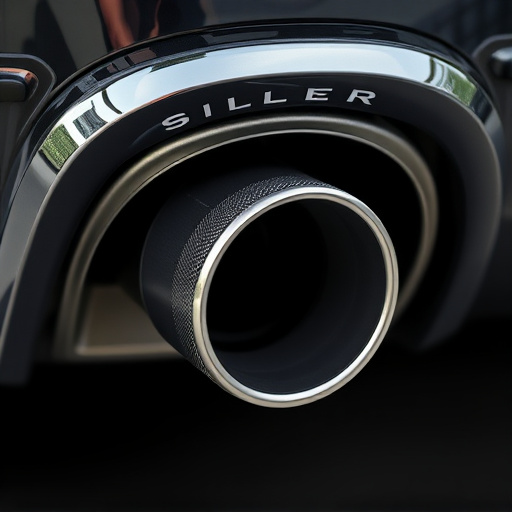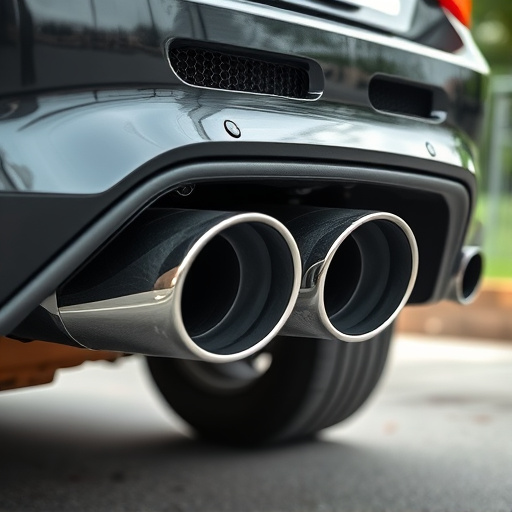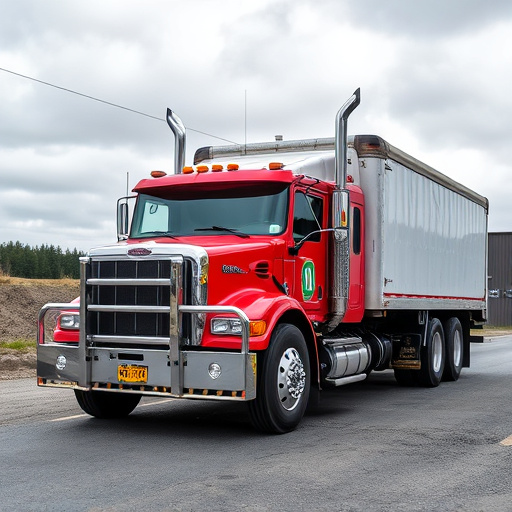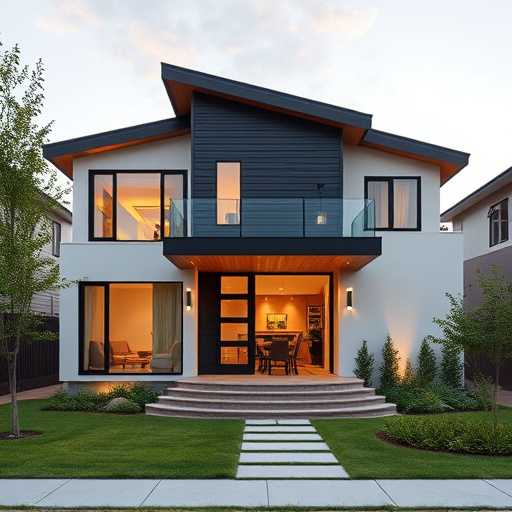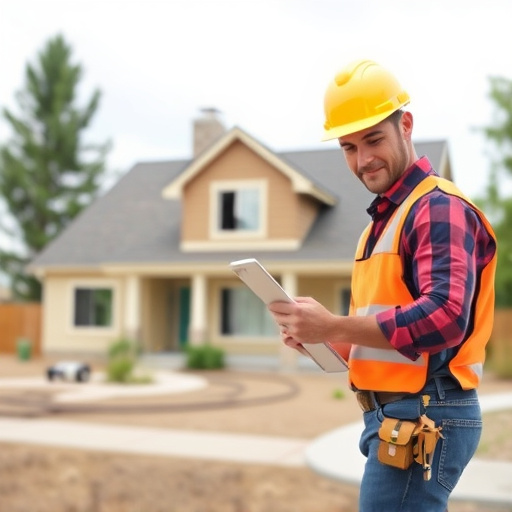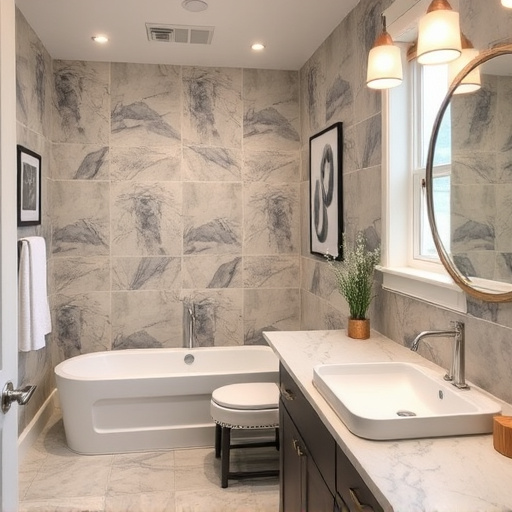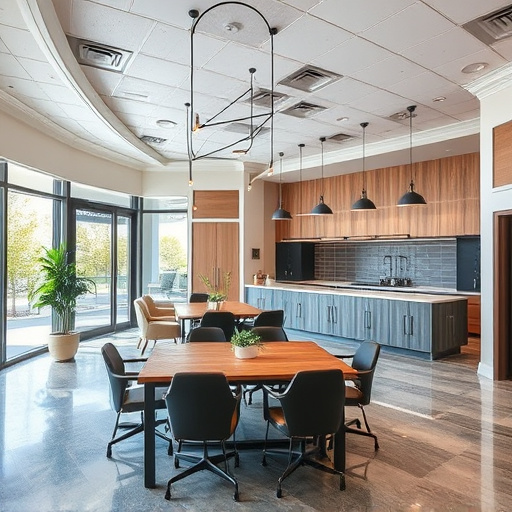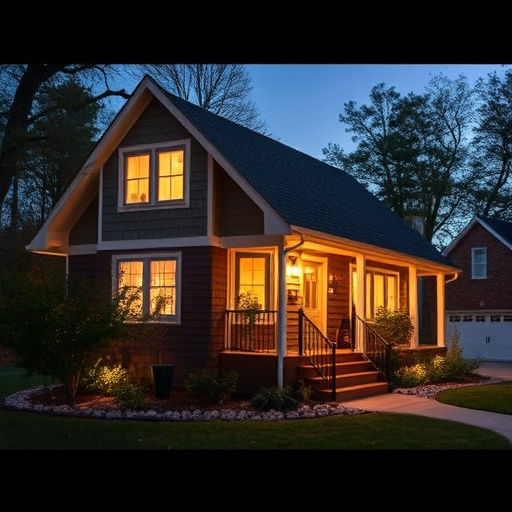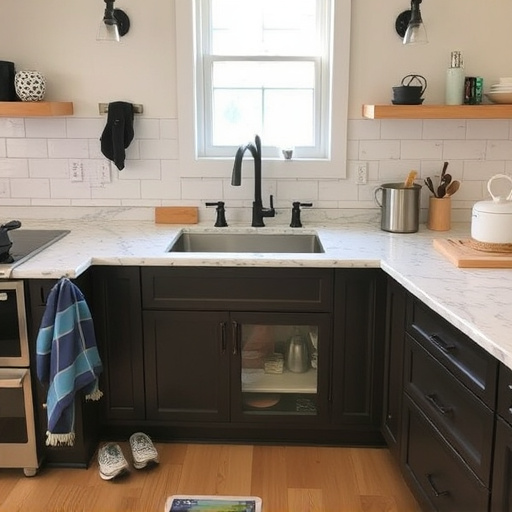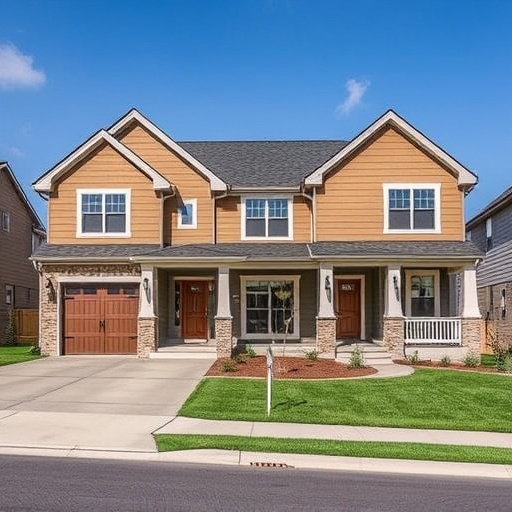Aging-in-place design prioritizes home modifications that cater to changing physical needs, and a flooring upgrade is a crucial element. Key principles include installing slip-resistant surfaces for safety and low-maintenance options for convenience. Popular choices range from luxury vinyl mimicking wood or tile to natural stone's elegance and high-performance ceramic tiles' affordability. Safety considerations focus on non-slip materials in high-traffic areas, while comfort is enhanced by warm carpets and lightweight, easy-to-clean options. Smart floor technologies add another layer of safety and convenience when integrated with home design.
In today’s digital era, many individuals opt for aging-in-place home designs to ensure comfort and accessibility as they age. A crucial aspect of these designs is understanding and incorporating suitable flooring options that cater to seniors’ safety and mobility needs. This article delves into the essential components of aging-in-place design principles, explores popular flooring solutions for modern, age-friendly homes, and provides installation tips for a seamless flooring upgrade, enhancing both safety and comfort.
- Understanding Aging-in-Place Design Principles and Their Flooring Needs
- Popular Flooring Options for Modern, Age-Friendly Homes
- Installation Tips and Benefits of Upgrading Floorings for Seniors' Safety and Comfort
Understanding Aging-in-Place Design Principles and Their Flooring Needs
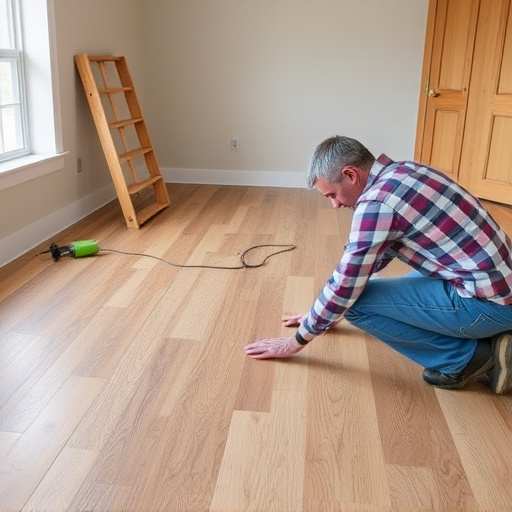
Aging-in-place design focuses on creating homes that are safe, accessible, and comfortable for individuals as they age. This approach prioritizes ease of movement, minimal risk of falls, and adaptability to changing physical needs. When considering a flooring upgrade within this framework, several key principles emerge.
First, slip-resistant surfaces are paramount to prevent accidents and improve stability. Natural materials like wood or stone can offer traction, while specialized coatings or textures enhance safety without compromising aesthetics. Secondly, low-maintenance options are essential for long-term convenience. Easy-to-clean, durable flooring reduces the physical demands on homeowners and promotes an independent lifestyle. Incorporating these design considerations into a flooring upgrade plan ensures that aging-in-place homes meet both functional and aesthetic standards, enhancing quality of life for residents.
Popular Flooring Options for Modern, Age-Friendly Homes
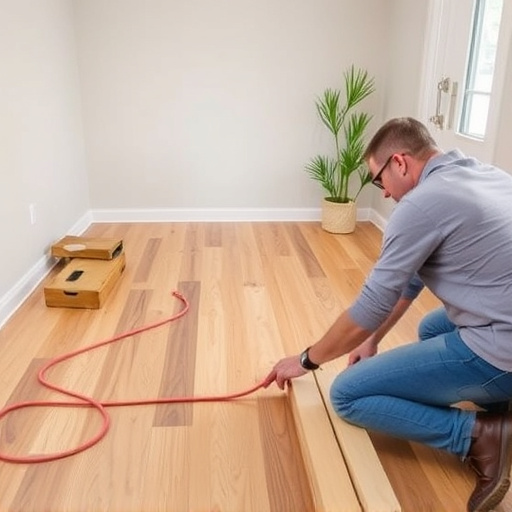
When it comes to modern, age-friendly home designs, the right flooring options can make all the difference. For those considering a flooring upgrade as part of a kitchen remodel or broader home renovation, several popular choices cater to both style and accessibility needs. Luxury vinyl flooring, for example, offers an affordable, durable, and low-maintenance option that mimics the look of wood or tile while being easy on joints. Its water-resistant properties make it ideal for kitchens and other high-moisture areas.
Another top contender is natural stone, such as polished marble or granite, which adds a touch of elegance to any space. While pricier than vinyl, its timeless beauty and durability make it a worthwhile investment for long-term home value. For those seeking a more budget-friendly option, high-performance ceramic tiles offer excellent traction and are easy to maintain, making them suitable choices for both kitchen renovations and general flooring upgrades throughout the house.
Installation Tips and Benefits of Upgrading Floorings for Seniors' Safety and Comfort
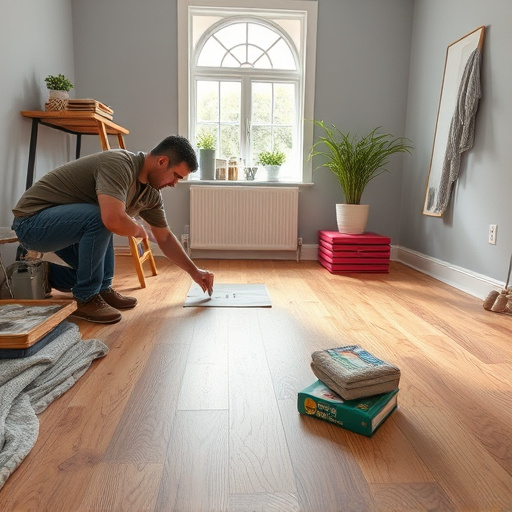
When upgrading floors for an aging-in-place home design, consider safety and comfort as top priorities. Opting for non-slip materials like polished wood, ceramic tiles, or specialized vinyl flooring can significantly reduce the risk of falls, a common concern for seniors. Ensure proper traction in high-traffic areas, such as kitchens and bathrooms, by choosing floors with grippy textures or added anti-skid coatings.
A flooring upgrade also contributes to overall home comfort. Warm, soft materials like carpeting can provide much-needed insulation during colder months, while lightweight, easy-to-clean options like laminate or vinyl are ideal for reduced mobility. Moreover, integrating smart floor technologies, such as heated floors or sensors that detect and alert for potential hazards, adds another layer of safety and comfort to your home remodeling efforts, especially when combined with exterior painting to create a cohesive, inviting space.
When considering a flooring upgrade for aging-in-place home designs, it’s essential to balance style with safety and comfort. By selecting appropriate materials and implementing thoughtful installation techniques, homeowners can create seamless, accessible living spaces that cater to their changing needs. This investment not only enhances the overall aesthetics of your home but also contributes significantly to your well-being and independence as you age.

